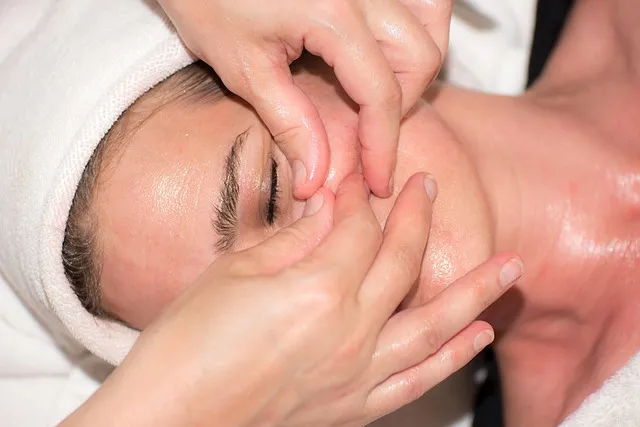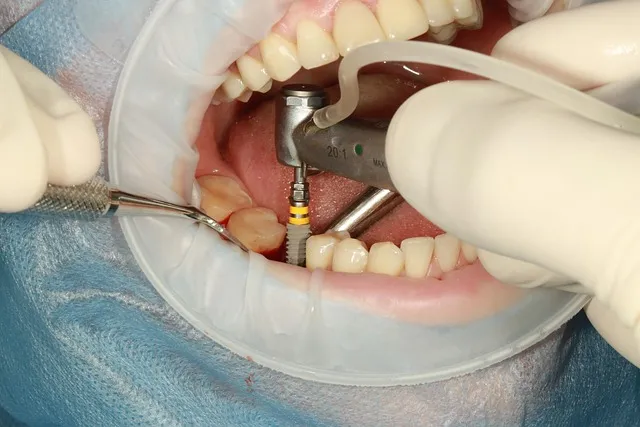Skin cells, known as Melanocytes, are responsible for producing skin pigmentation, and giving color to the skin. However, deficiency/destruction/malfunctioning of melanocytes, results in skin de-pigmentation, and occurrence of white patches in certain sections of the skin. Vitiligo refers to such condition of de-pigmented skin. It may localize to one section of the skin, or may develop in several areas on the body. At times, mucous membranes, retina, and sections of hair also develop white patches.
Causes
The explicit cause behind the occurrence of Vitiligo is unknown. However, doctors and researchers indicate the following as the probable causes:- Autoimmune Disorder
- Exposure to Certain Chemicals
- Genetic Oxidative Stress Imbalance
- Neural Cause
- Viral Cause
- Critical Sunburn or Cut
Signs & Symptoms
Appearance of flat white spots, or, patches on the skin, is the most prominent sign of Vitiligo. At the onset, a simple spot emerges, which is a little pale as compared to the rest of the skin. However, with the passage of time, the spot gradually takes on a white color. The patches do not follow any regular shape, and are often edgy. The patient may suffer from itchiness and inflammation, resulting in slight redness on the edges of the patches. The most susceptible parts of the body are the sun-exposed areas, such as, hands, feet, arms, face, and lips. Other signs of Vitiligo include premature graying of hair of scalp, eyebrows, eyelashes, and beard.Specialist
The Subject Matter Expert for Vitiligo is a Dermatologist.Diagnosis
A Dermatologist will diagnose Vitiligo based on the following parameters:- Medical History: This involves noting of pertinent information on family history of Vitiligo or any other autoimmune disease, recent incidents of skin trauma, stress, physical illness, and premature graying of hair.
- Physical examination: This involves a physical examination of the affected skin. The doctor may also perform a biopsy of the affected skin. The biopsy will reveal the exact condition of melanocytes and/or presence of any other inflamed cells.
- Laboratory Tests: Blood Tests will reveal the blood cell count, thyroid function, and presence of any auto-antibody.
Treatment Modalities Available for Management of the Disorder
The following treatment options are available which aid in concealing / restoring the lost skin color:- Phototherapy with UVA/UVB Light: This involves exposing the skin to UVA/UVB Light. The aim of this treatment is to re-pigment the white patches. To get noticeable results, the patient should undergo bi-weekly sessions of this treatment in a specialized clinic, for about 6-12 months.
- Topical Steroid Therapy: This therapy comprises the application of steroid ointments and creams on the affected areas.
- Depigmentation: This treatment involves de-pigmentation of the un-affected area resulting in complete removal of pigment from the skin. The outcome is a completely white skin with a symmetrical skin tone all over the body.
- Cosmetic Cures: Camouflaging of the affected skin by using cosmetics is the safest treatment option for mild cases of Vitiligo. The patient should use cosmetics which match his/her skin tone and features.
- Surgery: When all other treatment options fail, the last resort is to opt for surgery. This generally involves skin grafting which entails covering the white patch by another healthy patch of pigmented skin.
Known Complications
Patients suffering from Vitiligo are likely to have other autoimmune disorders, such as, hyperthyroidism (over functioning of thyroid gland), and pernicious anemia (deficiency of red blood cells). However the most crucial complications suffered by the patient are the emotional and psychological outbursts. The disorder does not inflict pain; however it triggers bouts of severe depression.Precautions
Since Vitiligo is photosensitive, hence the patient should avoid prolonged exposure to sunlight, as the sun's ultraviolet rays may aggravate the skin condition.Risk to other family members
Vitiligo is not contagious; however, a child may inherit the disorder from his/her parents.Support and help given by the caregiver
Vitiligo is not life threatening but life altering. The effect on emotional and psychological well-being may have disastrous results. The patient often suffers from emotional stress, embarrassment, acute depression, and low self-esteem. It is imperative for the caregivers, that they gather pertinent information on Vitiligo, and offer enduring moral support to the patient. If the patient suffering with Vitiligo is an adolescent, his/her parents should morally support the child with extreme care and compassion! For more information and free personalized guidance, talk to Credihealth Medical Experts today.
Reviewed by







